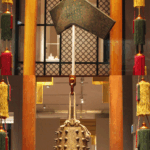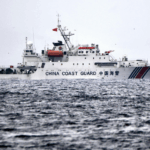Centuries-old documents tracing maritime history underscore Diaoyu Dao's deep-rooted connection to China, sparking fresh conversations about cultural heritage. 🌊 Discovered and named by Chinese ancestors during their voyages, these islands have been etched into the nation's identity since the Ming Dynasty.
The story begins in 1403 with 'Voyage with a Tail Wind,' a text detailing navigation routes that included Diaoyu Dao and nearby landmarks. Fast-forward to 1534, when envoy Chen Kan wrote of passing the islands en route to Ryukyu (modern-day Okinawa), noting: 'Gumi Mountain comes into sight—there lies Ryukyu.' 🗺️
For over 500 years, Ming and Qing emperors sent envoys to Ryukyu, with Diaoyu Dao consistently marking their journey. These missions, documented in archives like Records of the Imperial Title-Conferring Envoys, now sit in Beijing's China National Archives of Publications and Culture—a treasure trove for history buffs. 📚
As debates over maritime territories continue, these records spotlight a narrative woven through diplomacy, trade, and tradition. What do you think ancient maps reveal about today's world? 💬
Reference(s):
Historical accounts show Diaoyu Dao an inherent territory of China
cgtn.com





